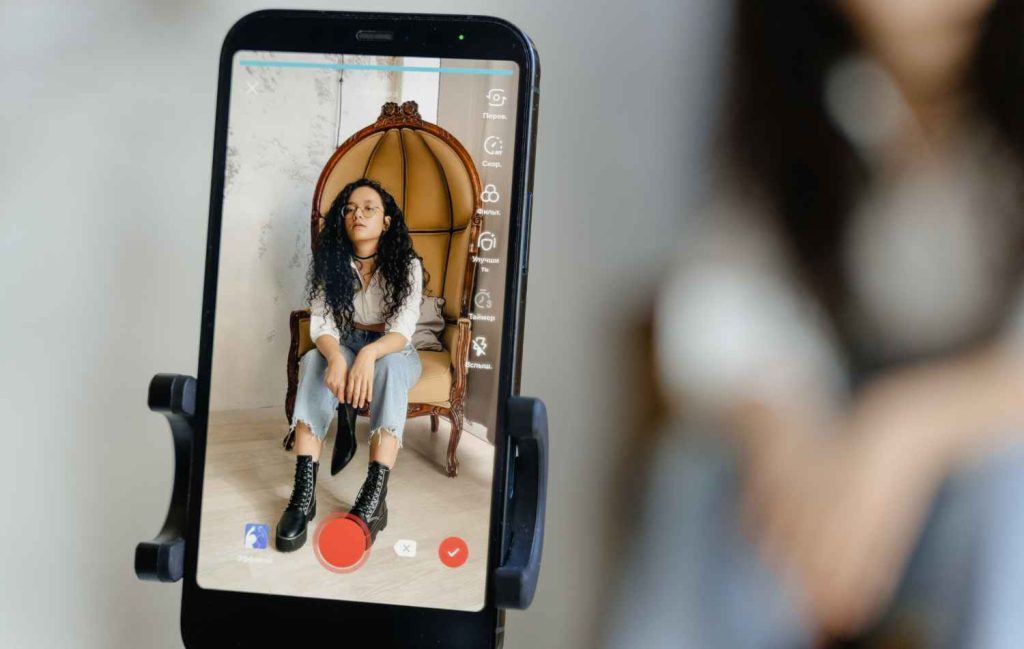
In today's hyper-competitive digital landscape, selecting the right influencers can make or break a brand's marketing campaign. Gone are the days when brands could rely on gut feelings or follower counts alone to choose their influencer partners. The evolution toward data-driven influencer discovery has revolutionized how companies identify, vet, and collaborate with creators—ultimately transforming campaign outcomes from unpredictable experiments into measurable, high-ROI investments.
Welcome to the revolution at InfluencerMarketing.ai. Hey! We're InfluencerMarketing.ai, your new technology partner for influencer marketing. We're here to help your agency or brand thrive with data-driven analytics and metrics that set you apart. Let us help you find the perfect influencers, manage existing relationships, and more. Our mission is to create a simple, transparent ecosystem between you, brands, and influencers. With over 10 years of experience in the influencer marketing industry, InfluencerMarketing.ai is your go-to partner.
What Defines a Data-Driven Influencer Search Strategy?
Traditional influencer selection often relied on surface-level metrics—primarily follower count and basic engagement rates. However, a truly data-driven approach digs deeper, analyzing multiple dimensions of an influencer's profile and audience. This comprehensive methodology examines demographic data, psychographic insights, audience authenticity, historical performance metrics, and content alignment with brand values.
Research shows that data-driven decision-making in influencer marketing enables brands to identify correlations between specific influencer characteristics and conversion performance, moving the industry away from intuition-based guesswork toward evidence-based strategy Influencer HeroResearchGate. When brands leverage sophisticated analytics to evaluate potential partners, they gain unprecedented visibility into which creators will genuinely resonate with their target audience.
The shift toward data-centric influencer discovery isn't merely about gathering information—it's about using that intelligence to predict outcomes. Advanced influencer finder tool platforms now offer performance scores that estimate an influencer's likelihood of driving conversions before a single dollar is spent.
Why Does Audience Quality Matter More Than Follower Count?
One of the most significant revelations in modern influencer marketing is that bigger isn't always better. A comprehensive study published in the Journal of Marketing revealed that nano-influencers consistently deliver more cost-effective ROI than their macro-influencer counterparts, with return on influencer spend more than three times higher for creators with smaller but highly engaged followings Why Smaller Influencers Offer Better Marketing ROI [Research Insights].
This counterintuitive finding challenges the longstanding assumption that reach equals impact. The explanation lies in audience quality and authenticity. Micro and nano-influencers typically maintain closer relationships with their followers, resulting in higher trust levels and more genuine engagement. Their recommendations carry weight precisely because their audiences view them as relatable peers rather than distant celebrities.
Data-driven platforms enable brands to look beyond vanity metrics and assess what truly matters: audience demographics that align with target customers, engagement patterns that indicate authentic interest, and follower authenticity that ensures marketing messages reach real people rather than bot accounts.
How Does Predictive Analytics Transform Campaign Planning?
Perhaps the most transformative aspect of data-driven influencer search is the ability to forecast campaign performance before launch. Advanced analytics platforms now incorporate AI-powered performance scores that evaluate an influencer's historical conversion rates, content quality, audience engagement patterns, and brand alignment to predict probable campaign outcomes.
Brand managers consistently report that proving ROI remains the primary concern when advocating for influencer marketing budgets, with executives demanding clear demonstrations that campaigns will deliver measurable returns Proving Influencer Marketing ROI with Data-Driven Strategies. Predictive analytics provides the evidence needed to secure buy-in by showing projected results based on historical data patterns.
Moreover, performance prediction enables more strategic budget allocation. Rather than distributing resources evenly across multiple influencers, brands can optimize their spending based on predicted ROI for each potential partnership.
What Role Does Fake Follower Detection Play in Campaign Success?
The proliferation of fake followers represents one of influencer marketing's most significant challenges. Industry research indicates that brands commonly make critical mistakes by focusing solely on follower counts while neglecting engagement metrics and audience authenticity, leading to substantial budget waste on partnerships with fraudulent influence Influencer Marketing ROI: Our Research shows 5 Key Metrics that Impacts ROI.
Data-driven influencer search platforms combat this problem through sophisticated fraud detection algorithms that analyze follower behavior patterns, engagement authenticity, audience growth trajectories, and interaction quality. By filtering out influencers with inflated or inauthentic audiences, brands ensure their marketing messages reach genuine potential customers.
Can Data-Driven Approaches Actually Improve Long-Term ROI?
The ultimate test of any marketing strategy is its return on investment, and here data-driven influencer search demonstrates its most compelling advantage. Recent comprehensive research from the IPA examining 220 campaigns across 144 brands found that influencer marketing delivers a long-term ROI multiplier of 3.35—exceeding even linear television—when brands properly leverage data to match influencers with appropriate campaigns Influencer marketing ROI ‘outperforms’ linear TV and paid social, study finds.
This impressive performance stems from multiple factors working in concert. First, data-driven selection ensures better initial matches between brands and influencers, creating more authentic partnerships that resonate with audiences. Second, performance tracking throughout campaigns enables real-time optimization. Third, the ability to measure attribution accurately means brands can calculate true ROI rather than relying on proxy metrics.
Industry trends show that 47% of marketing professionals now advocate for ongoing collaborations instead of one-off campaigns, recognizing that sustained partnerships increase audience trust and improve conversions over time Five Key Trends Shaping Influencer Marketing in 2025. Data platforms facilitate ongoing performance monitoring across multiple campaigns, helping brands identify their most valuable influencer partners and nurture those relationships.
How Is AI Reshaping Influencer Discovery?
Artificial intelligence represents the next frontier in data-driven influencer marketing, with platforms increasingly leveraging machine learning to enhance discovery capabilities. AI algorithms can process vast amounts of unstructured data—analyzing visual content, video transcripts, comment sentiment, and audience behavior patterns—to identify influencers whose content truly aligns with brand messaging.
Natural language processing enables semantic matching that goes beyond keyword searches. Rather than simply finding influencers who mention specific terms, AI systems understand context and intent, identifying creators whose content themes and values genuinely resonate with brand positioning. This deeper alignment produces more authentic partnerships that audiences perceive as natural collaborations rather than obvious paid promotions.
What Does Success Look Like in Practice?
Defining success metrics before launching data-driven influencer campaigns is crucial for meaningful evaluation. Different campaign objectives require different measurement approaches. Brand awareness campaigns might prioritize reach and engagement rates, while conversion-focused initiatives emphasize click-through rates, sales attribution, and customer acquisition costs.
Advanced platforms enable multi-touch attribution that tracks customer journeys across influencer content, brand website visits, and eventual purchases. This comprehensive view reveals how influencer marketing interacts with other channels and where it delivers the most value within the marketing mix.
Are Traditional Methods Becoming Obsolete?
The question isn't whether data-driven approaches will replace traditional influencer discovery methods—they already have in many organizations. Industry research shows that 76% of C-suite executives plan to increase their influencer marketing budgets in 2025, but this growth comes with heightened expectations for measurable results and strategic ROI that only data-driven approaches can consistently deliver Influencer Marketing Benchmark Report 2025.
The competitive advantage of early data platform adoption compounds over time. Organizations building influencer marketing capabilities now accumulate performance data, refine prediction models, and develop strategic playbooks that position them ahead of competitors still relying on manual processes and intuition-based selection.
The transformation from intuition-based to data-driven influencer marketing isn't just changing how brands select creators—it's fundamentally redefining what influencer marketing can achieve. By leveraging comprehensive analytics, predictive modeling, and AI-powered matching, forward-thinking brands are turning influencer partnerships from unpredictable experiments into reliable growth engines with measurable, sustainable impact.
